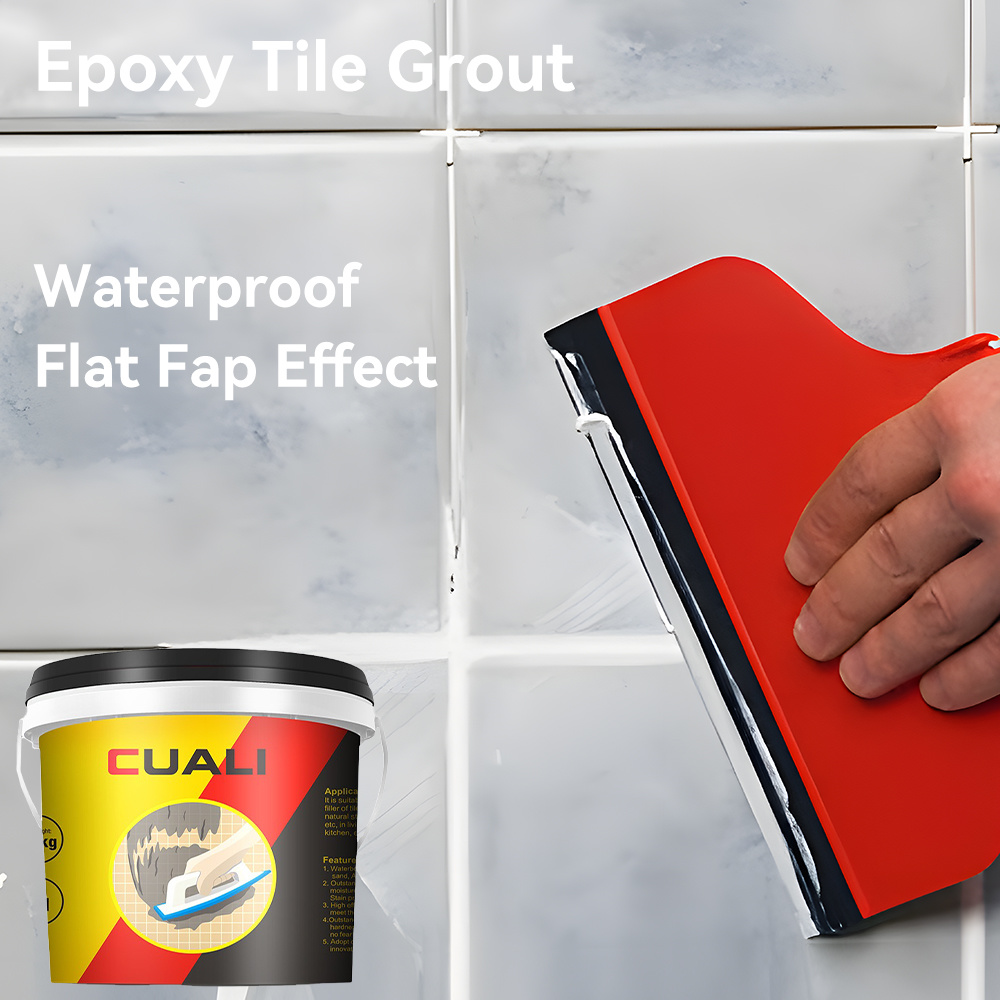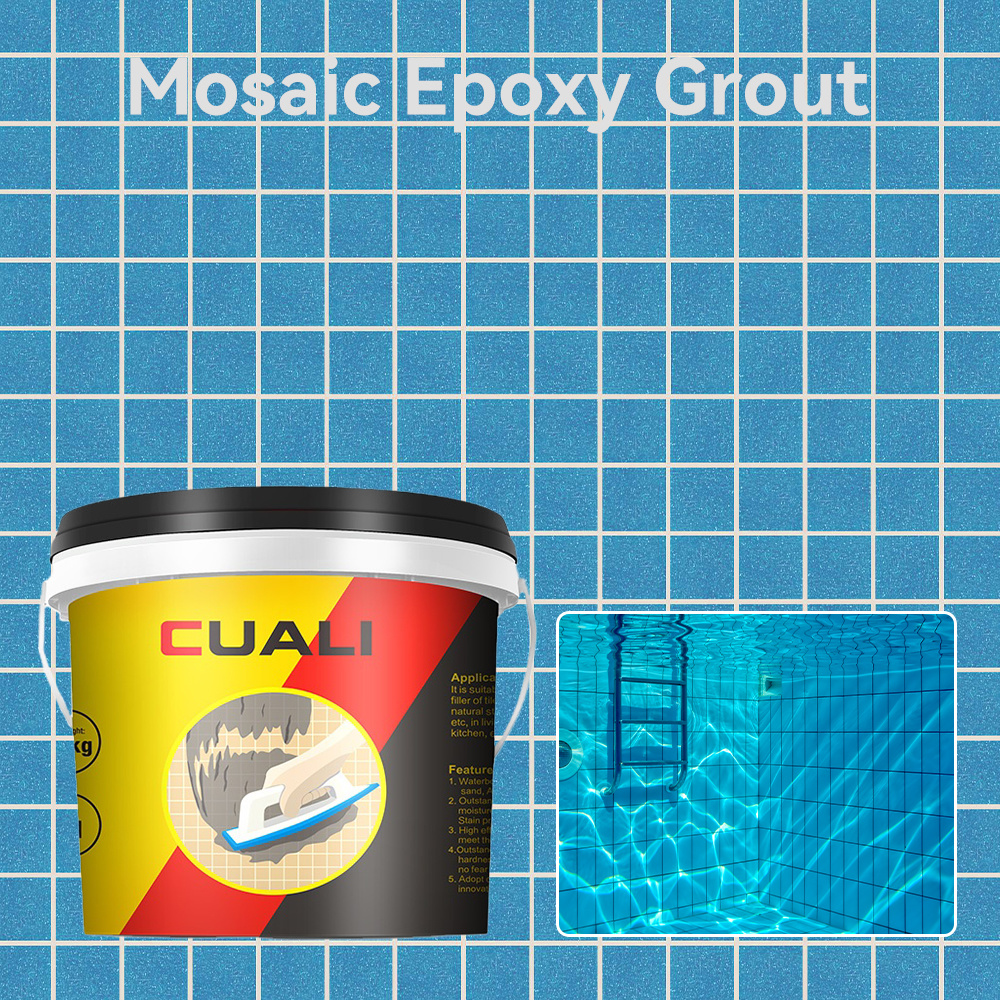
Is It Better to Leave Smaller Tile Joints? Can Smaller Joints Save Grout Materials?
When it comes to tile grouting, leaving smaller joints isn’t necessarily better. In fact, excessively small joints can negatively affect the grouting process.
For regular tile grouting, it’s advisable to pre - leave joints with a width of 2 - 3mm. This width ensures a better grouting result. For antique tiles and mosaics, to better highlight their unique features, the joint width can be appropriately increased to 3 - 5mm.
If the tile joints are too small, not only will the tile installation become more difficult, but it will also be hard to find a suitable grout product.
When using ordinary grout products, it’s difficult to get the material deep into the joints. Even if you manage to apply it with effort, only a thin layer will be inside the joints, and most of the material will remain on the surface. This leads to material waste, affects the adhesion of the grout, and over time, the grout is prone to falling off, shortening its service life. In the end, it’s not worth it.
If the tile joints in your home are too small, you can choose CUALI water - based close - seam colored sand, which is specially designed for tight tile joints.
CUALI water - based close - seam colored sand uses 2000 - mesh fine sand, which has good penetration ability and can reach deep into the joints without collapsing. Additionally, this close - seam colored sand can be customized according to the color of the tiles, achieving a "seamless" overall paving effect.
If you plan to use products like polyurea grout or epoxy grout, be sure to leave the joints in advance!
Summary:
This article clarifies that smaller tile joints aren’t better. It suggests 2 - 3mm as the suitable joint width (3 - 5mm for antique tiles and mosaics) and explains that too small joints cause problems. It also recommends CUALI water - based close - seam colored sand for small joints, which has good penetration and customizable colors.
Time:
2025-07-14
More News
